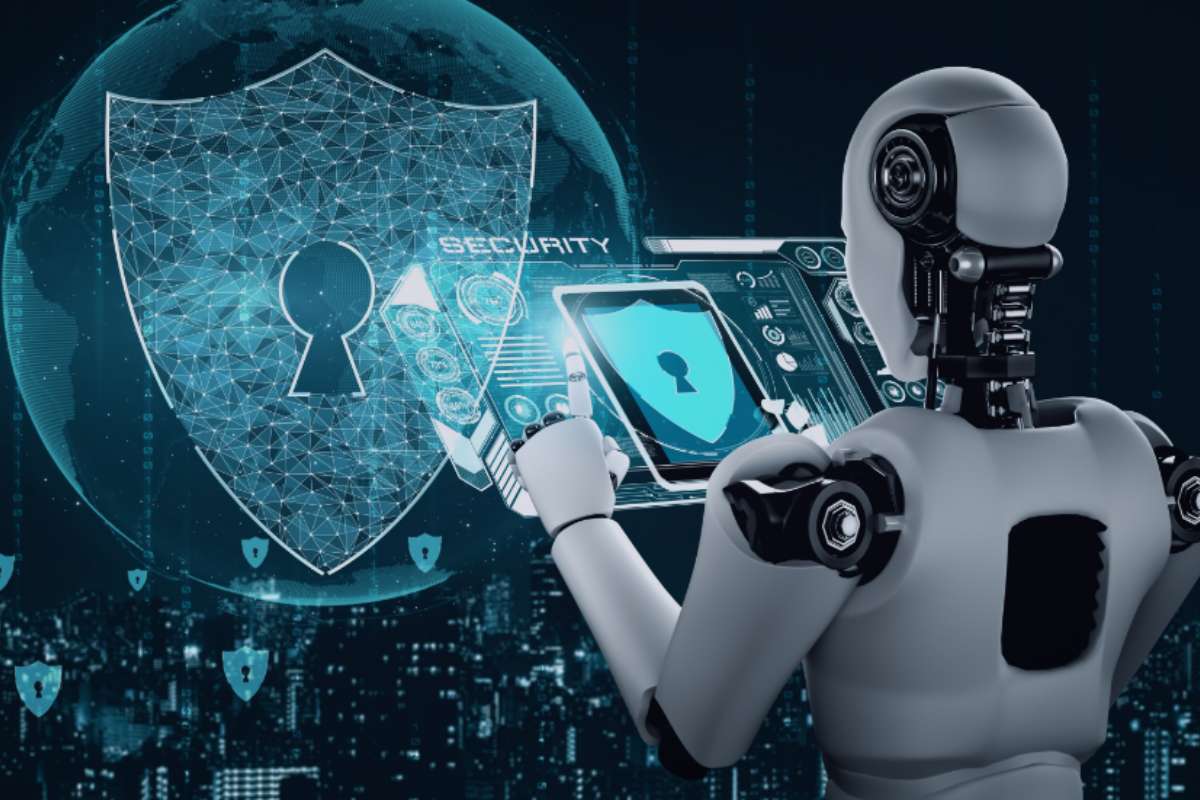As artificial intelligence (AI) increasingly influences the digital landscape, state and local governments are urged to adapt their ai cybersecurity strategies to keep pace. Officials emphasize the importance of integrating ai cybersecurity efforts to safeguard sensitive information while balancing the benefits and risks associated with this technology.
AI Cybersecurity Growing Role
At the Maryland Association of Counties summer conference, Sen. Mary Beth Carozza (R-Eastern Shore) underscored the crucial role AI plays in enhancing local cybersecurity measures. Moderating the panel discussion titled “Sentinels of the Digital Realm: AI’s Role in Fortifying Cybersecurity,” Carozza highlighted the dual challenge of utilizing AI effectively while protecting constituents from cyber threats. “This is so important for our local governments, because local governments have to figure out how, not only do we best utilize artificial intelligence, but how do we also protect our constituents and protect information. How do you strike that balance?” Carozza questioned.
The discussion reflected a growing recognition of AI’s potential to revolutionize cybersecurity. Stephen Pereira, director of technology services for Calvert County, echoed this sentiment, describing the current cybersecurity landscape as an “arms race.” Pereira argued that the rapid advancement of AI by cybercriminals necessitates an equally sophisticated response from defenders. “If you’re not using AI within cybersecurity, then you’re not going to have real-time information on ransomware attacks and you’re not going to be able to act with the same kind of speed and real-time information,” Pereira stated. He further asserted, “Hackers are using AI. The only way to fight AI is with AI.”
Weighing the Risks of AI in Cybersecurity
Despite the clear advantages, Pereira also urged caution, drawing attention to the significant energy and financial costs associated with AI systems. He warned of the environmental impact and high operational costs, noting that these factors must be considered alongside the technology’s benefits. Pereira also touched upon potential job displacements and economic threats as AI continues to automate tasks traditionally performed by humans. “There are other things we have to consider, the environmental threat of these systems. They use a tremendous amount of power and data. They are incredibly expensive to run,” Pereira explained. His comments also included a nod to broader existential concerns about AI’s potential risks.
Bridging the Trust Gap of AI Cybersecurity
Trust in ai cybersecurity remains a significant barrier to widespread adoption, as noted by Timothy Gilday, senior director of emerging technologies at General Dynamics Information Technology. Gilday emphasized that public trust is crucial for the successful integration of AI technologies. “Trust is the thing that inhibits adoption at a large scale,
whether it’s an app, an ATM, a new car model. All new technology ends up going against resistance if it’s something we’re not used to,” Gilday observed. He suggested that increasing education and awareness about AI’s capabilities and limitations could help overcome these trust issues. “Education and awareness are what I’ve been finding to be the biggest inhibitors in adopting AI. It’s more of a matter of helping people understand,” he noted.
Carozza concluded the panel by expressing optimism that these discussions would aid in refining AI and cybersecurity strategies for state and local governments. As a member of the Senate Education, Energy and Environment Committee, Carozza is committed to furthering her understanding of AI issues, guided by the interests of her committee chair, Sen. Brian Feldman (D-Montgomery). “Our chair has tasked all of us to come more up to speed,” Carozza said, signaling continued legislative focus on integrating AI into government functions while managing its associated risks.
Also read: Cyber Pro magazine






